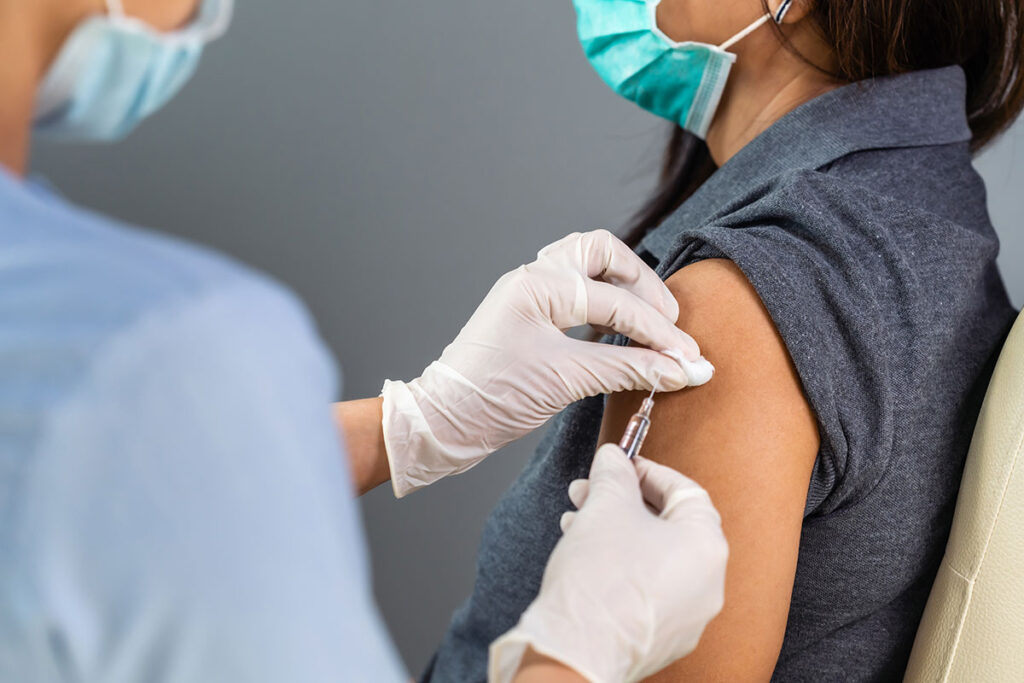Abstract
Despite the rapid development of safe and effective COVID-19 vaccines and the widely recognized health and economic benefits of vaccination, there exist stark differences in vaccination rates across country income groups. While more than 70% of the population is fully vaccinated in high-income countries, vaccination rates in low-income countries are only around 30%. The paper reviews the factors behind global COVID-19 vaccine inequity and the health, social, and economic costs triggered by this inequity. The main contributors to vaccine inequity include vaccine nationalism, intellectual property rights, constraints in manufacturing capacity, poor resilience of healthcare systems, and vaccine hesitancy. Vaccine inequity has high costs, including preventable deaths and cases of illnesses in low-income countries, slow economic recovery, and large learning losses among children. Increasing vaccination rates in low-income countries is in the self-interest of higher-income countries as it may prevent the emergence of new variants and continuous disruptions to global supply chains.
The full study can be viewed at Seminars in Immunopathology.
Ferranna, M. (2023, October). Causes and costs of global COVID-19 vaccine inequity. In Seminars in Immunopathology (pp. 1-12). Berlin/Heidelberg: Springer Berlin Heidelberg.
Sign up for Schaeffer Center news
